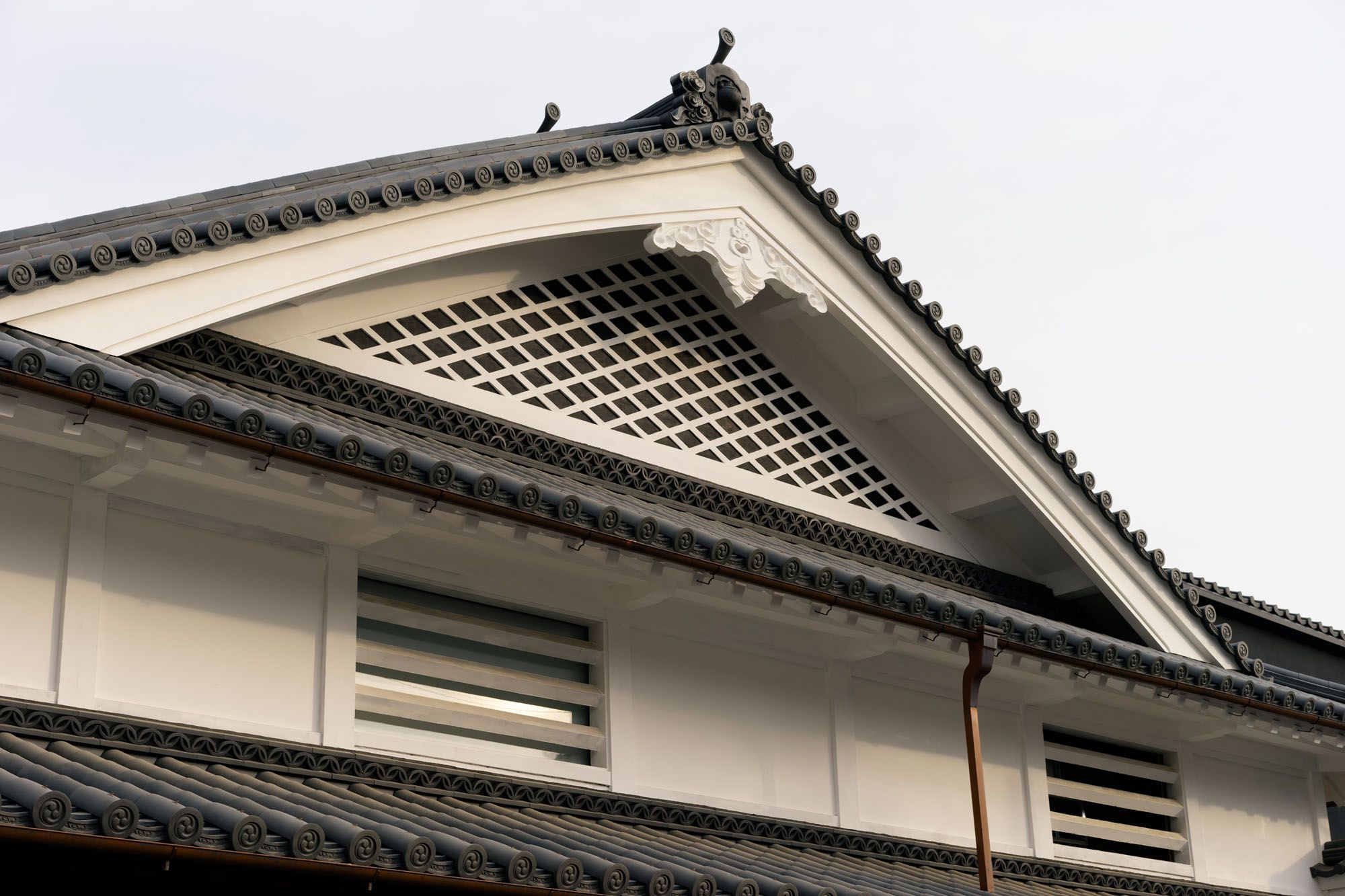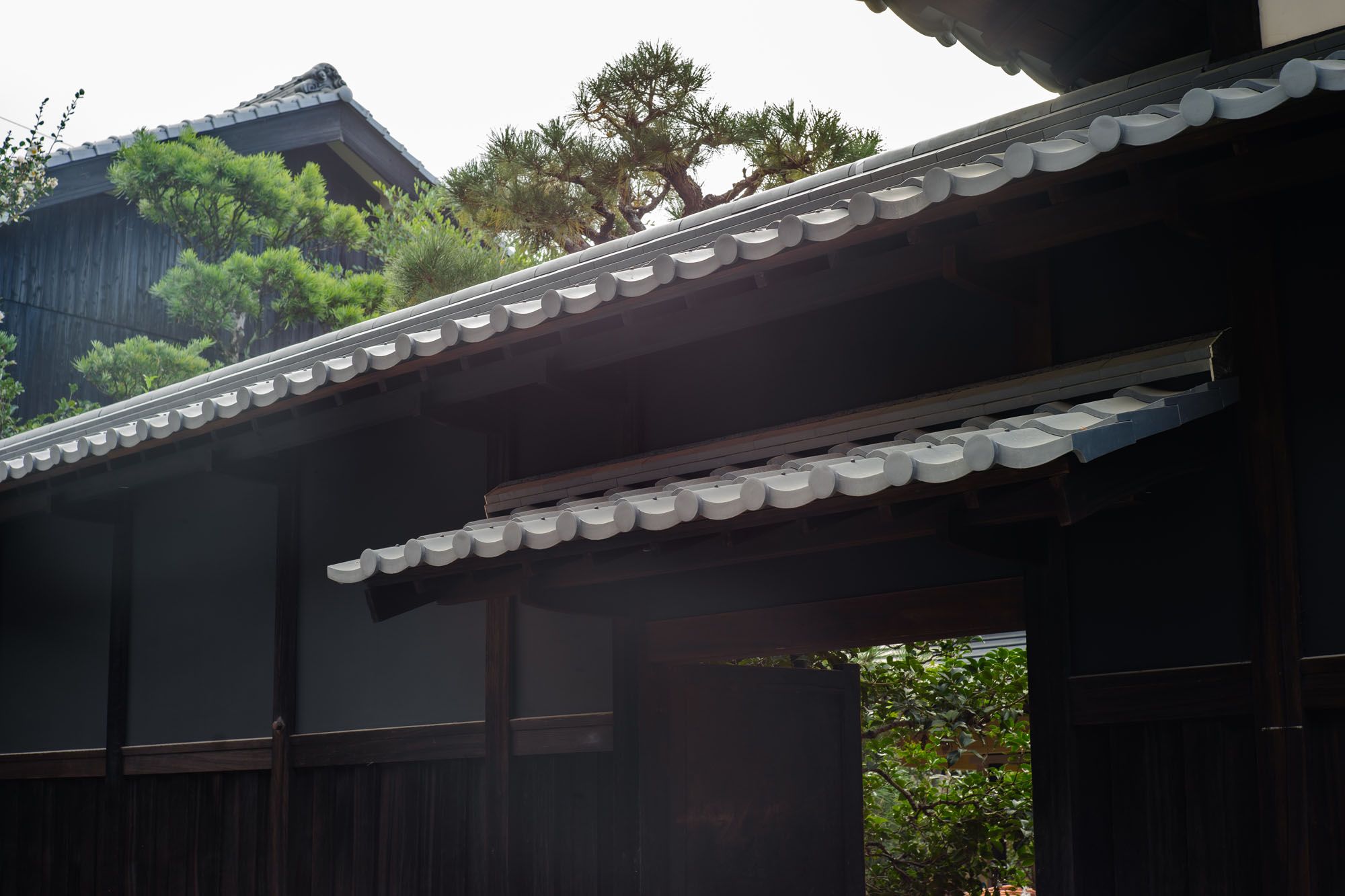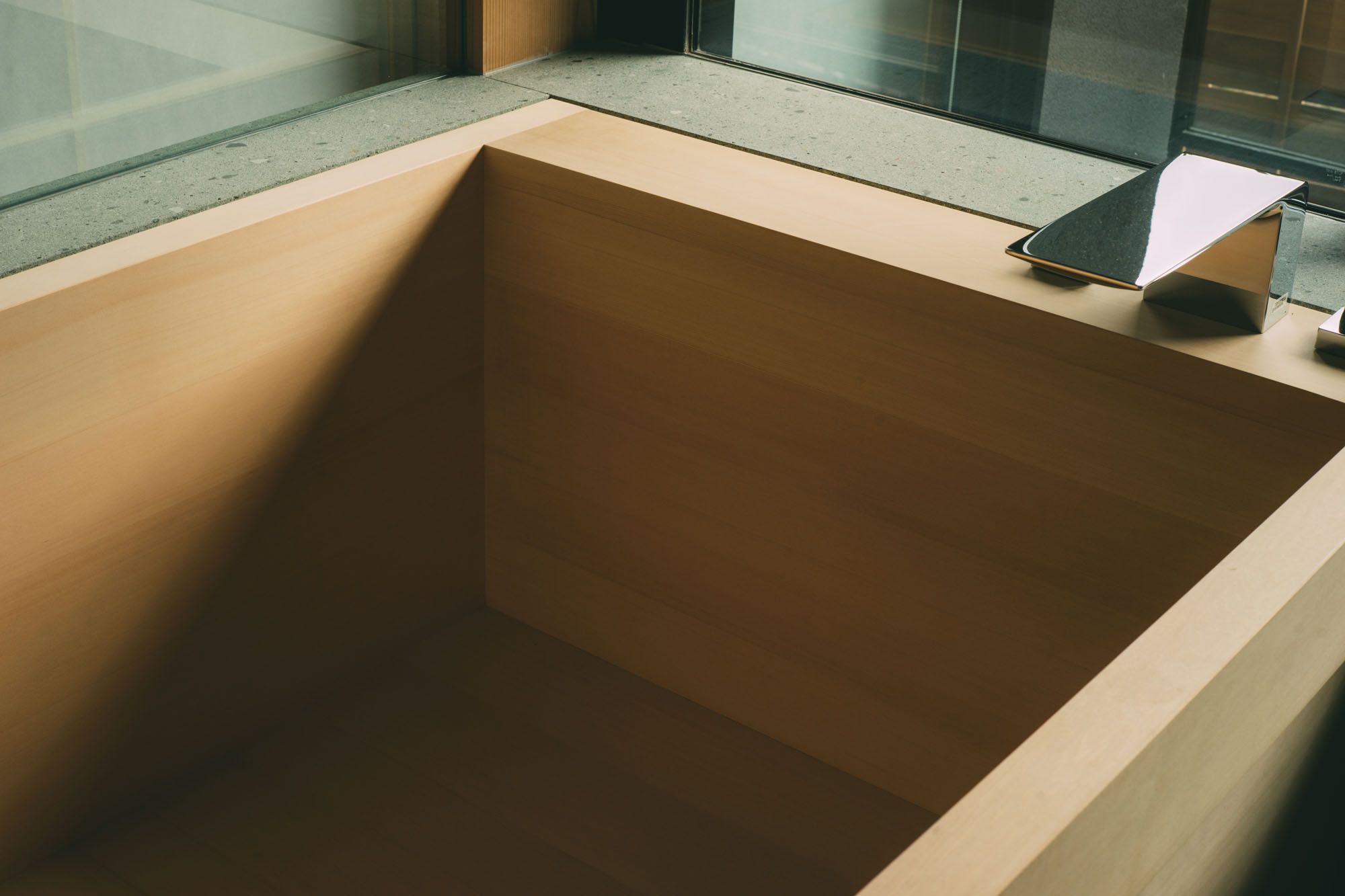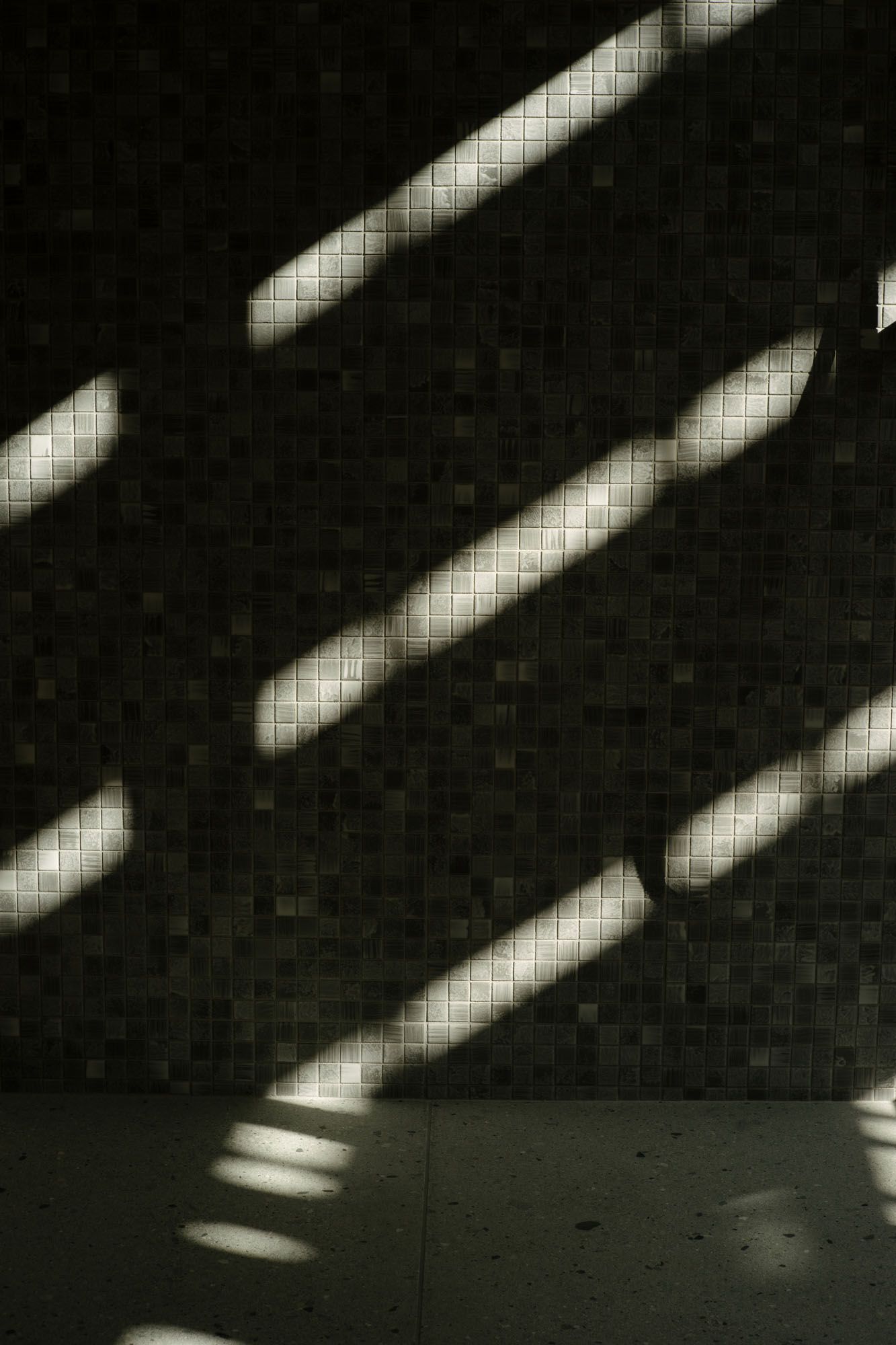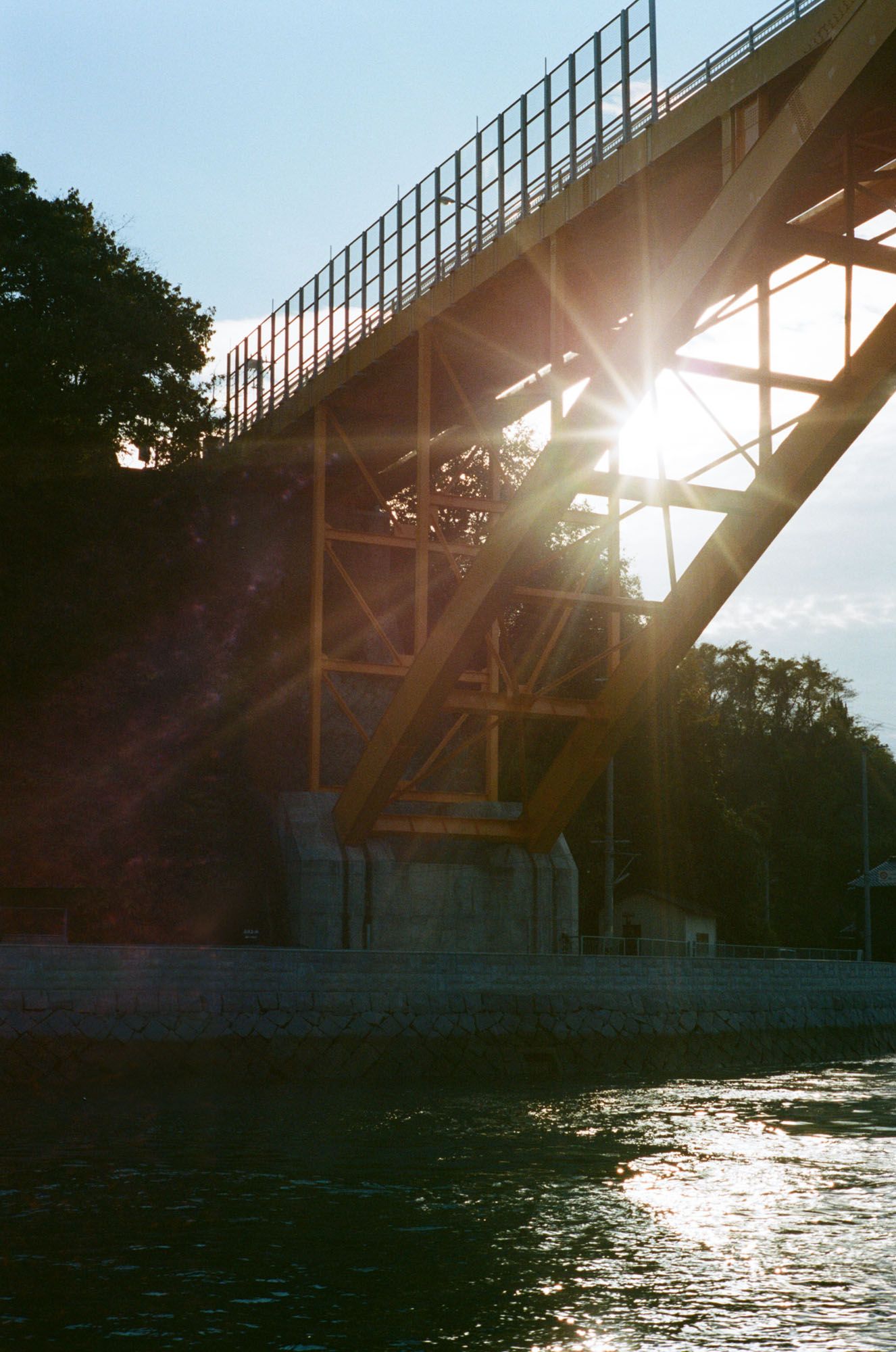Azumi Setoda in Japan is the first property of Adrian Zecha and Naru Developments' new hospitality brand, Azumi
From forest bathing to ikigai, many of us have adopted Japanese philosophies to improve our lives and well-being, especially helpful in coping with the pandemic. For those who want a deeper immersion in Japanese culture, Azumi Setoda, a new ryokan hotel opening in March 2021, is designed to give you just that.
Located in Japan's Setouchi region, Azumi Setoda is the first property of Azumi, a hospitality brand created by Adrian Zecha, founder of Aman, and Naru Developments. “Most members of Naru Developments worked together with Adrian at Aman,” shares Yuta Oka, co-founder of Azumi. “Adrian had always spoken about ryokans as it was something that he had experienced and loved back in the 1950s.”

Despite the pause in global travel, new hotels continue to open in Japan but few are as anticipated as Azumi Setoda. This can be attributed to Zecha's involvement, who is in his late 80s remains unstoppable in his quest for pushing the envelope in the hospitality industry, but also because there is a lack of accommodation options in the Setouchi region, where the first property is located.
The area is widely known worldwide for its connection to art—being home to Naoshima island (an unofficial pilgrimage site for plenty of Yayoi Kusama fans) and the Setouchi Triennale art festival. Azumi Setoda is located in Ikuchijima, a small island in the Seto Inland Sea, which is a body of water with historic significance, drawing parallels with the Nile and Yangtse Rivers as the bedrock of trade and civilisation in Japan.


